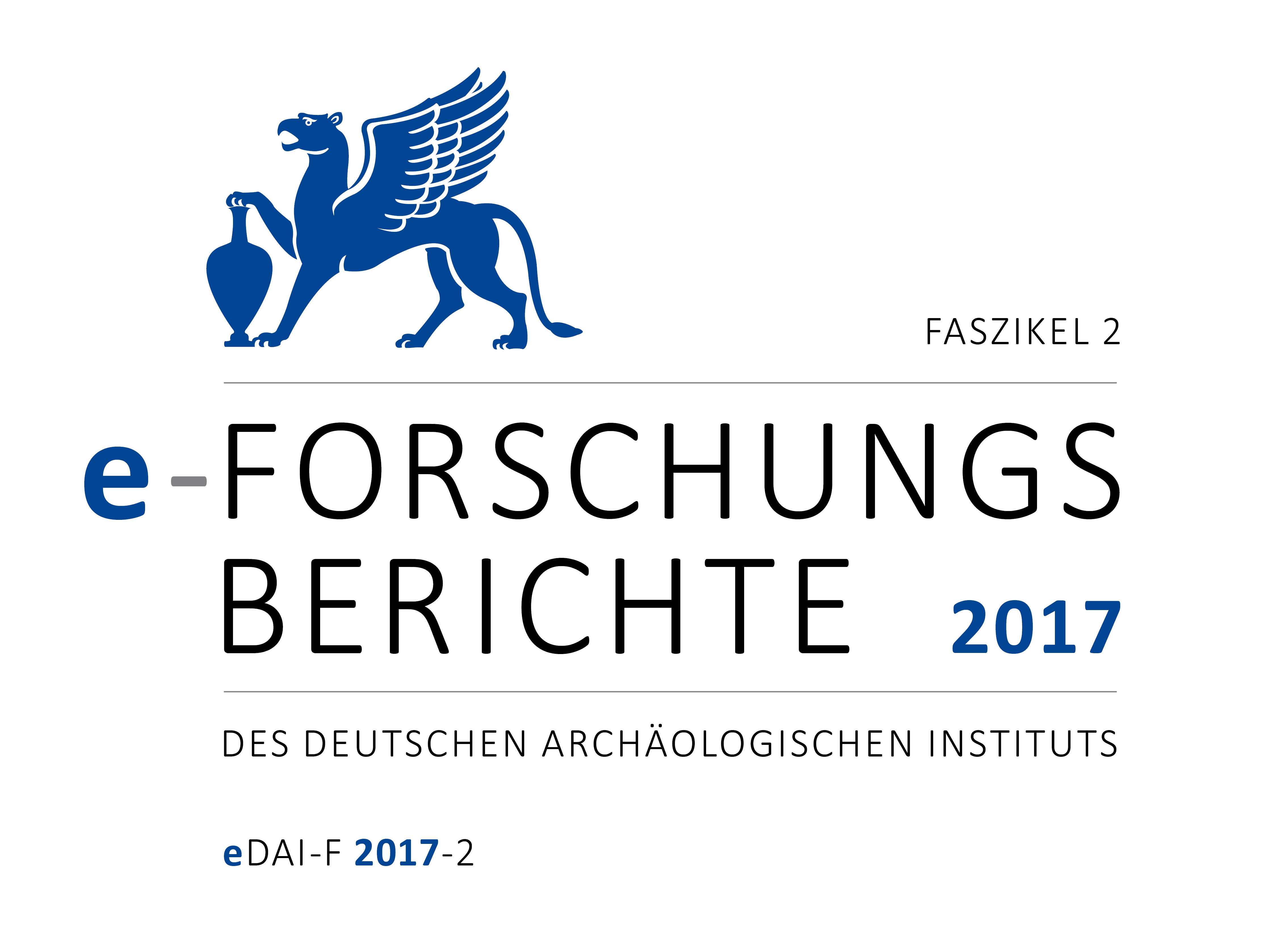Volksrepublik China. Prähistorische Chronologie in China: neue Perspektiven durch Bayesische Modellierung. Die Arbeiten der Jahre 2016 und 2017
https://doi.org/10.34780/3ha6-367a
Özet
The Haidai Region, centred over the modern Shandong Province, East China, is rich in archaeological sites and reveals a long sequence of Neolithic and Bronze Age cultures. The sequence analysed in this project comprises five cultural complexes from early Neolithic Houli culture to the early Bronze Age Yueshi culture. The existing chronology is based on pottery typology and cultural layer stratigraphy, with little input from radiometric dating evidence or systematic age modelling. This chronology is widely used for broad-scale correlations of prehistoric developments in China. In the current project, the chronology of Haidai region is evaluated by applying a Bayesian modelling approach to a set of 275 dates filtered from a dataset of 317 radiocarbon dates from the region. Modelling results suggest: the Houli culture started ca. 1200 year earlier then unmodelled; the hiatus between Houli and Beixin culture (unmodelled ca. 5500–5000 BC) can be closed; Dawenkou culture ends ca. 600 years later, Yueshi culture starts ca. 900 years earlier, resulting in coexistence of late Dawenkou, early Yueshi and the entire Longshan culture between 2700 and 2000 BC (modelled median-to-median duration). The modelled temporal overlaps of the Dawenkou, Longshan, and Yueshi cultures challenge the widely accepted unilinear cultural chronology of the region and emphasise the necessity for systematic radiometric dating.





